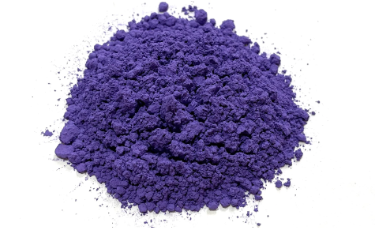What is Han Purple?
Scientists are fascinated with Han Purple, a 2,800-year-old pigment, due to quantum property discoveries. Modern quantum physicists have described its capabilities, which combine ancient chemical methods with quantum physics. Ancient artworks relied on Han Purple, a Chinese synthetic color made around 2,500 years ago. The Qin and Han Dynasties used it to color ceramics, murals, and terracotta warriors.
Complex Production Process
Han Purple was made by grinding and heating raw materials at high temperatures. This manufacture was mysterious until 1992 when chemists identified its composition. Ancient materials science advanced with Han Purple, a break from natural colors and an example of early chemical engineering.
Synthetic Origins
Han Purple was an early synthetic inorganic color made of barium copper silicate. Han Purple, discovered by scientist Elisabeth FitzHugh, is similar to Egyptian blue but has a unique structural arrangement that gives it its qualities. Han Purple emits intense infrared light and changes its behavior under extreme cold and high magnetic fields, according to recent research.
Quantum Properties
People are interested in Han Purple’s quantum critical point behavior under extreme conditions because it might help explain things like high-temperature superconductivity. This makes it a key topic in ongoing scientific study. This looks into not only the historical background of the pigment but also a possible meeting point where old skills and new technologies could come together.
Month: Current Affairs - June, 2024
Category: Science & Technology Current Affairs


